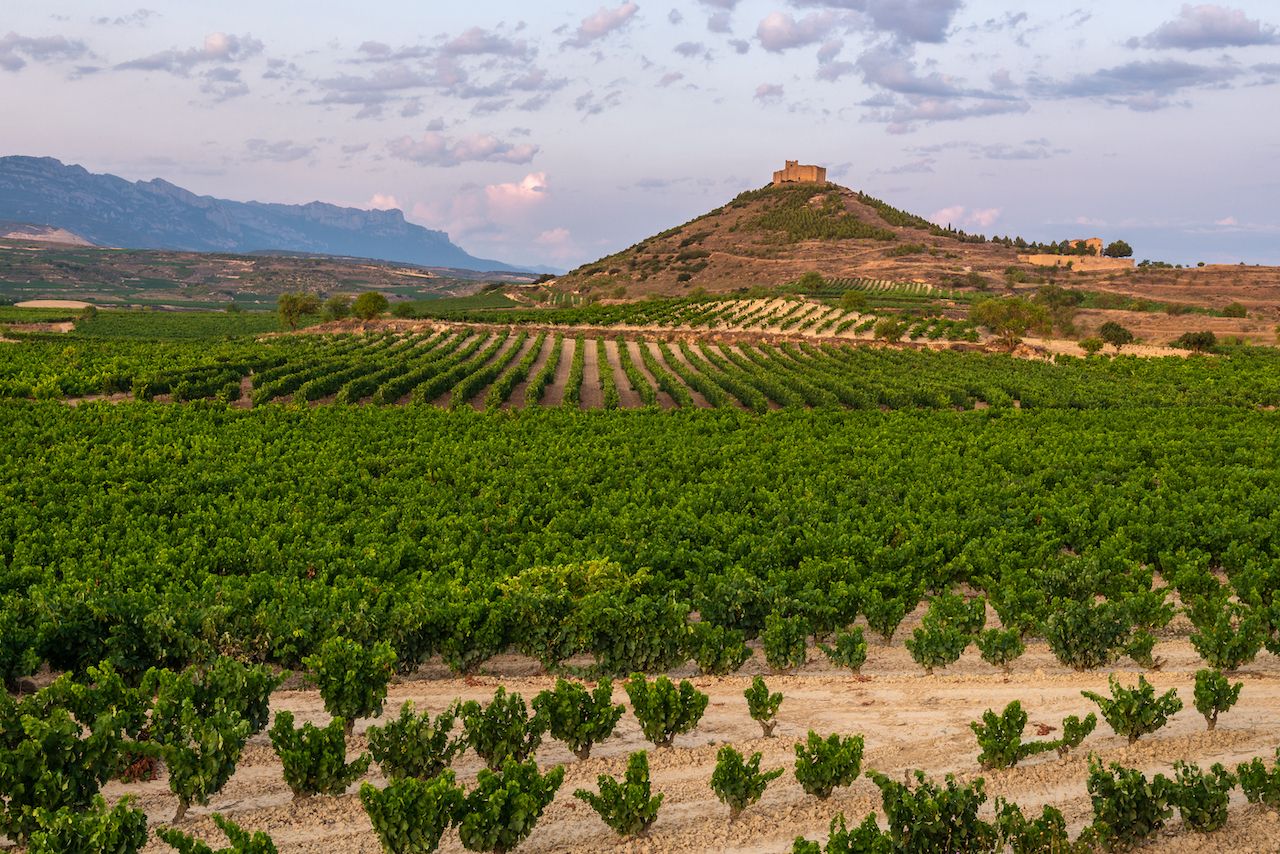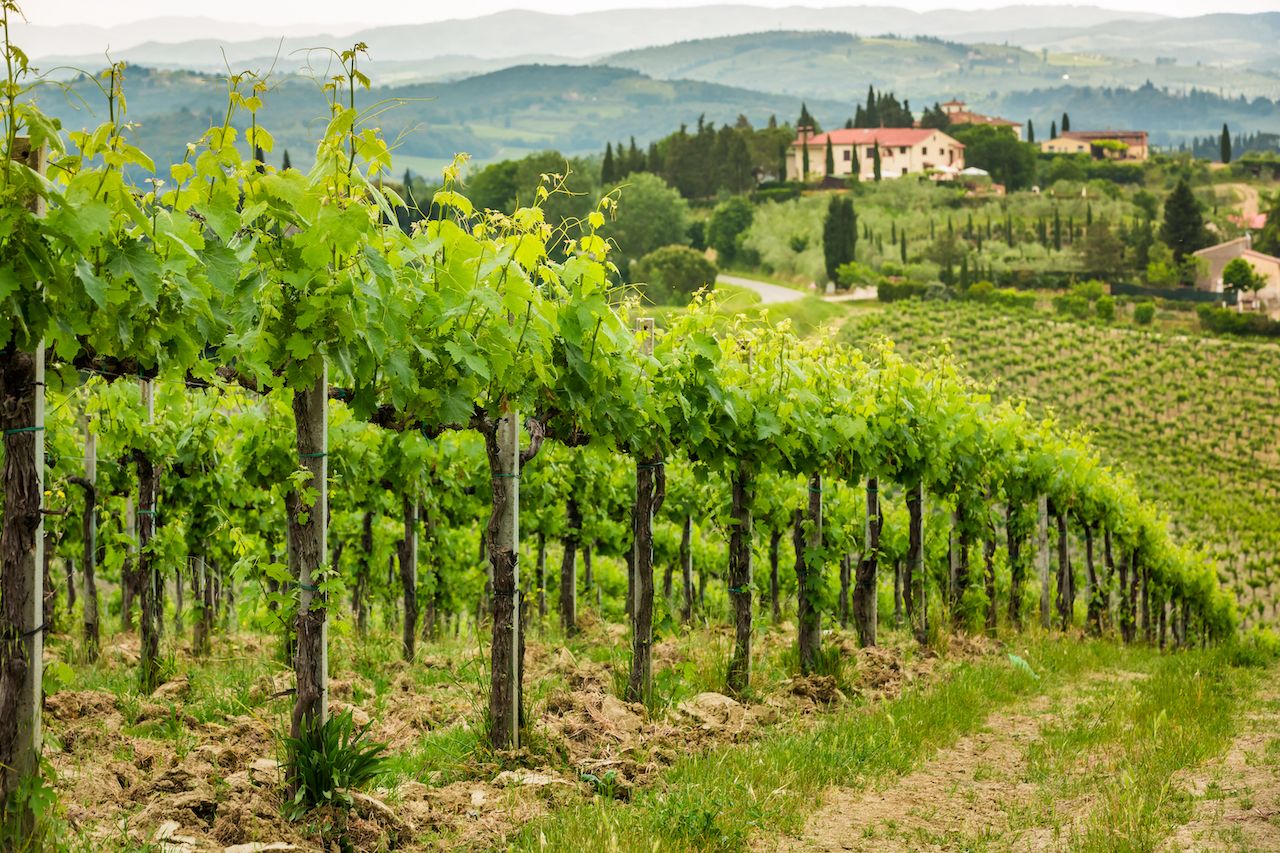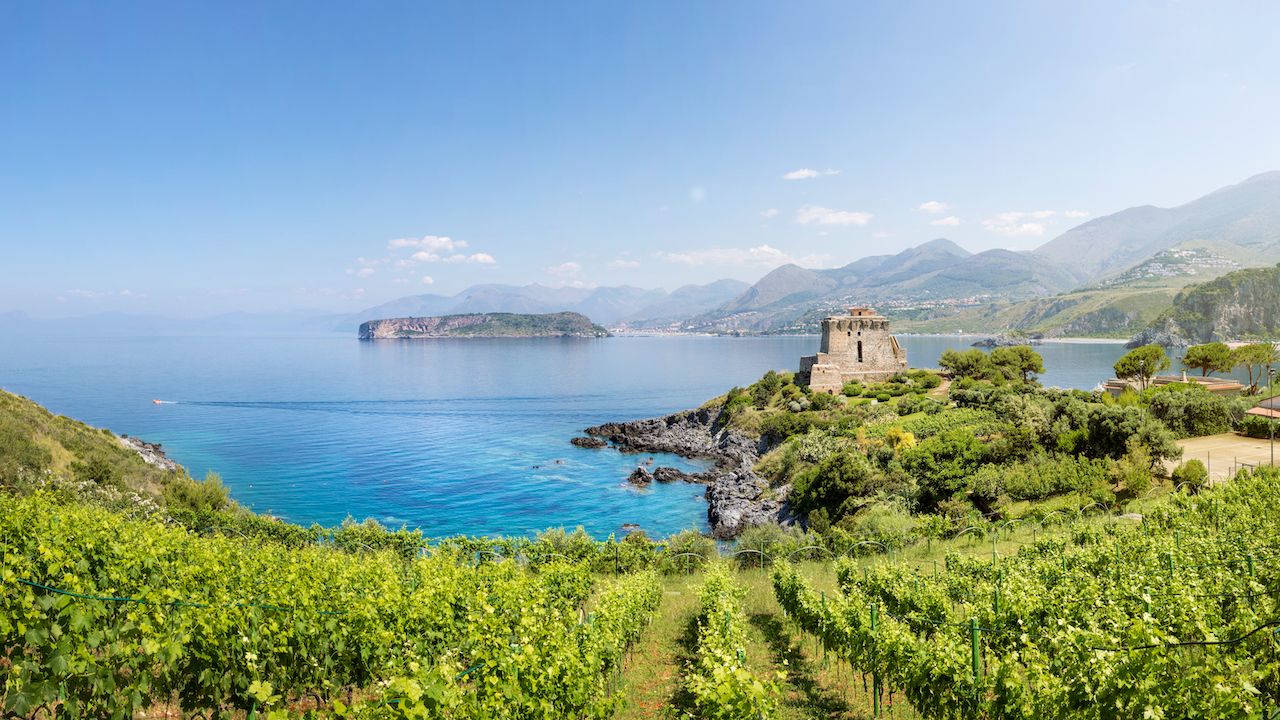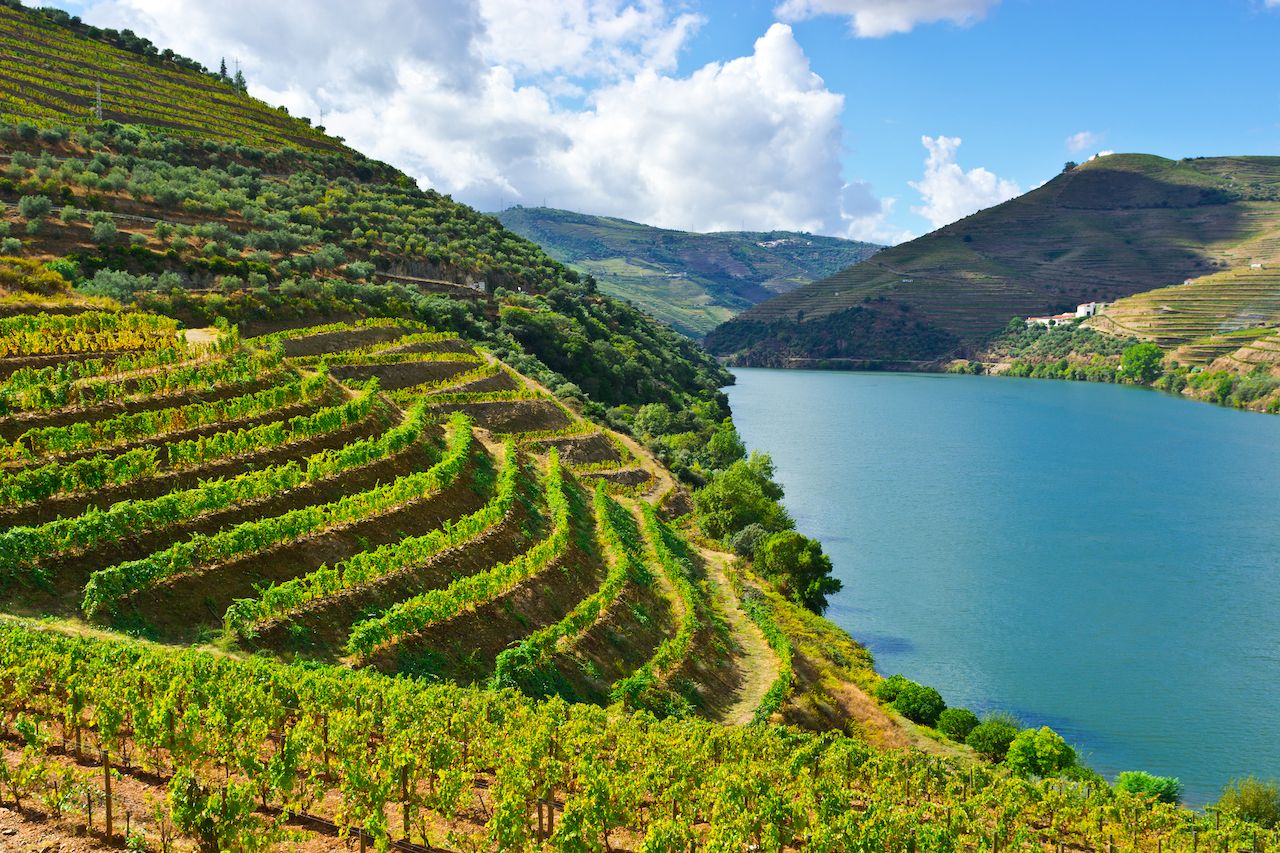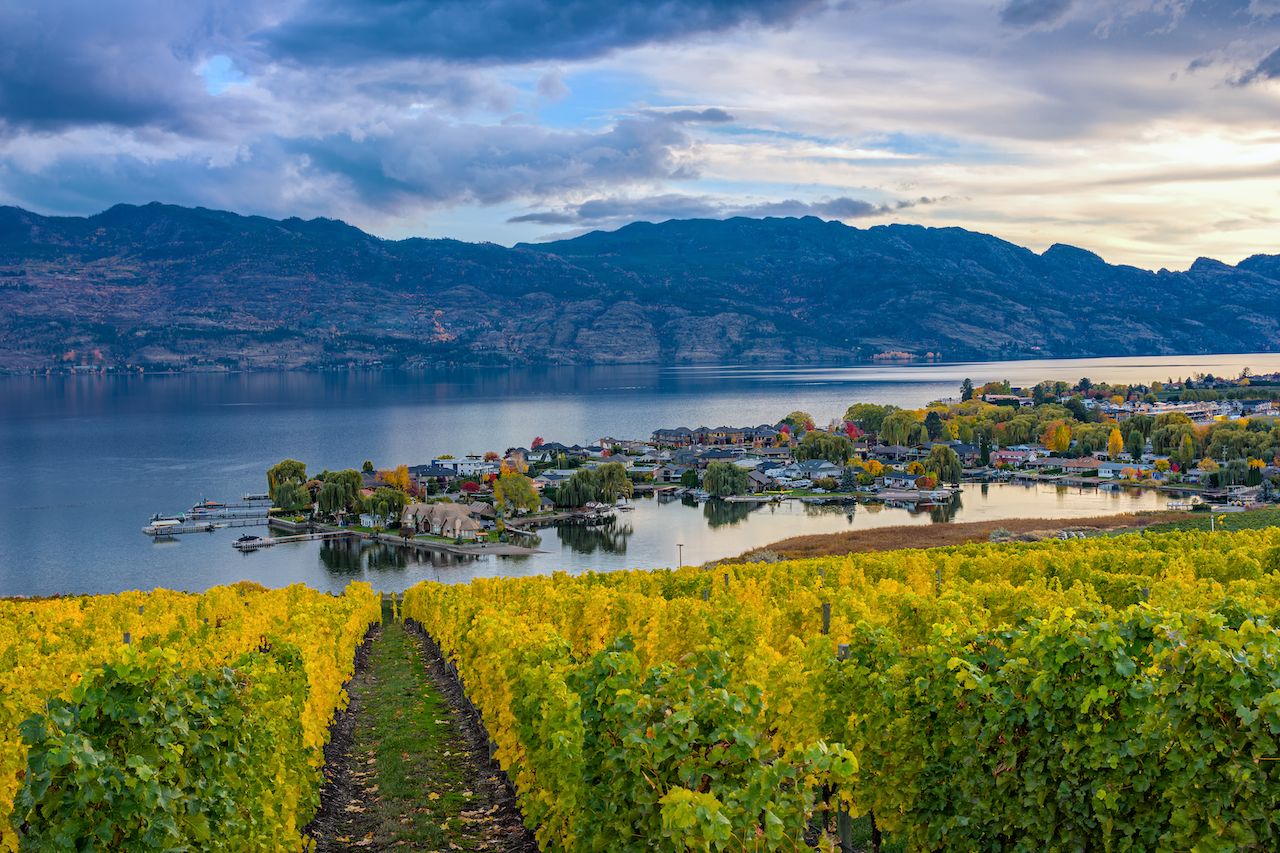[Editor’s note: The expertise in this article comes from Sam Hovland, wine buyer at East End Wines in Austin, TX. I’ve been shopping East End since they opened last year; I typically pop in once a week for one of their free tastings. All quotes below are Sam’s.]
1. Mendoza, Argentina
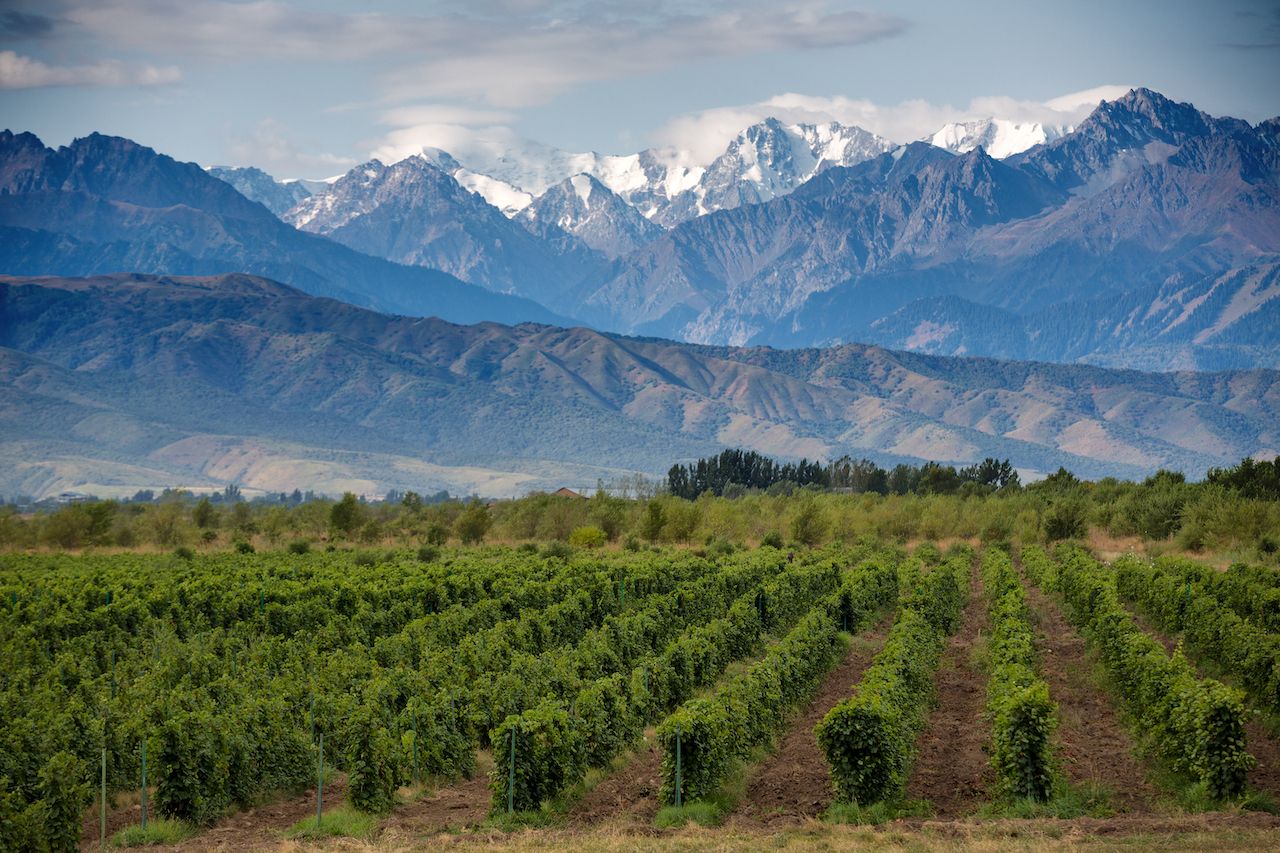
Photo: Alexandr Vlassyuk/Shutterstock
This is where I got into wine beyond the $5 table red. They had my number, mixing biking with tastings, and prices are low enough that backpackers can get a bottle of the good stuff to take home.

